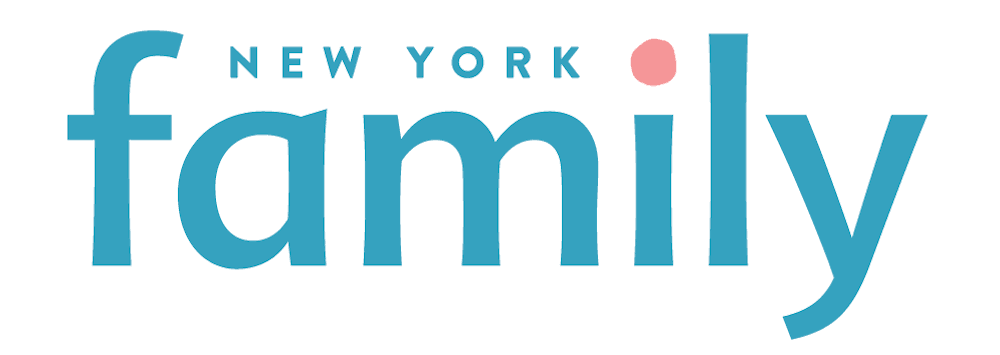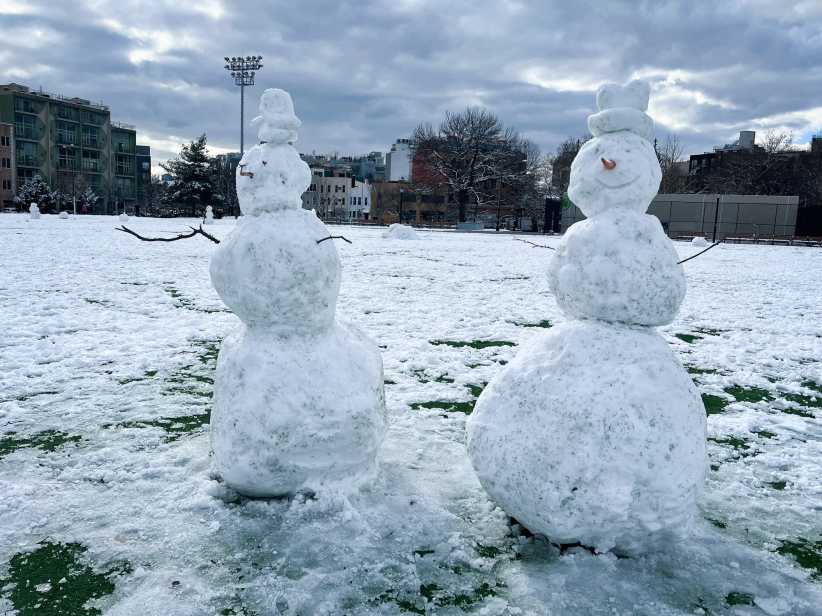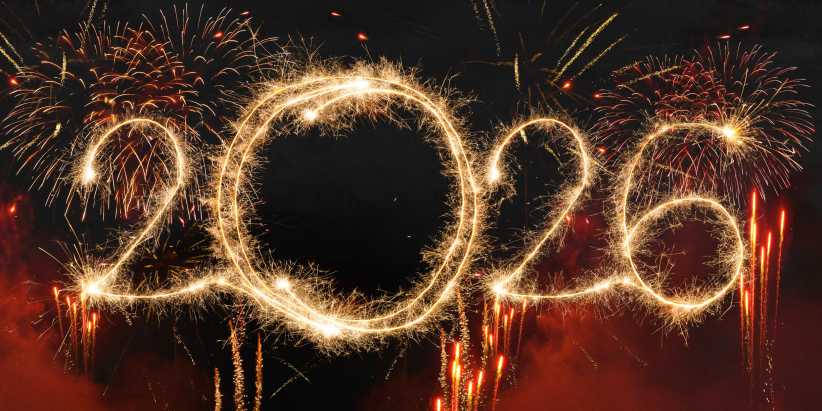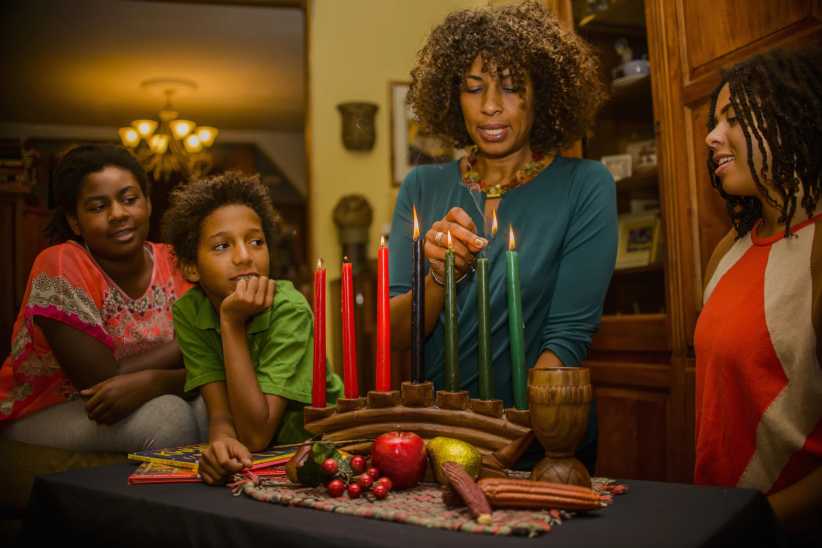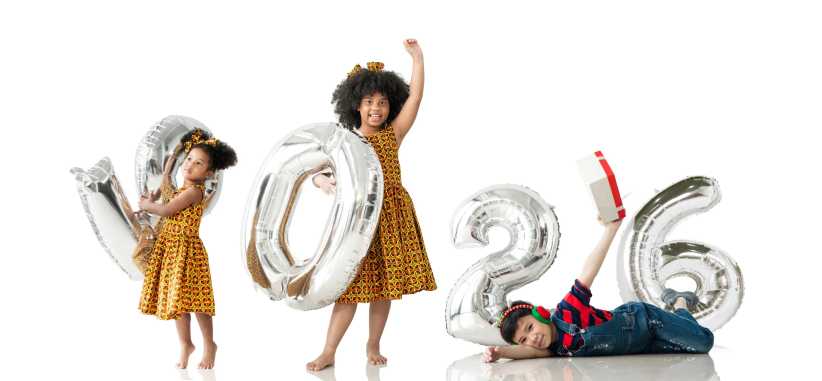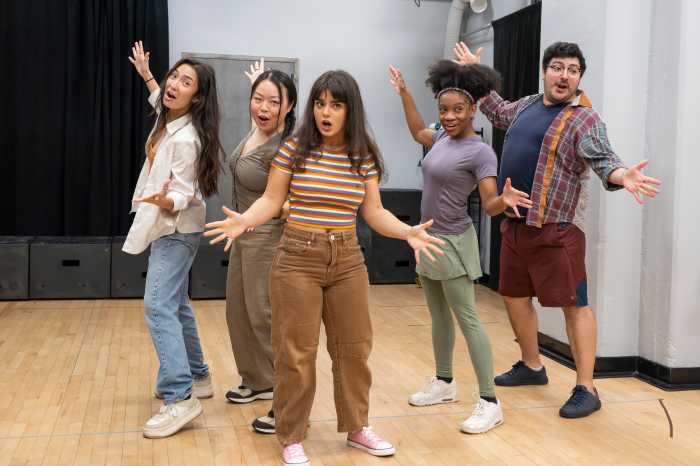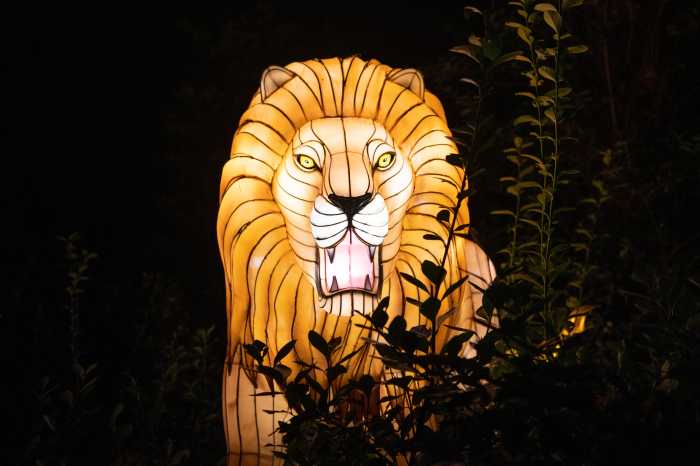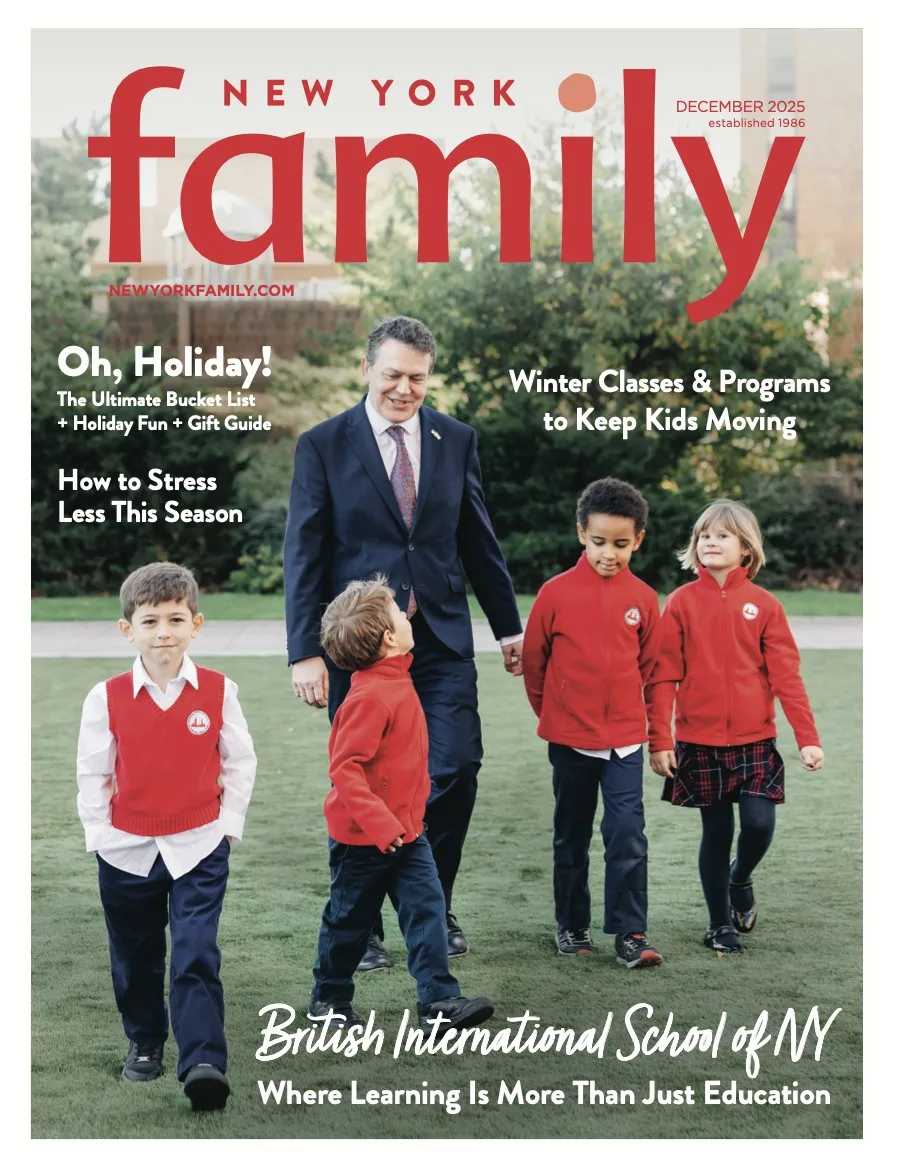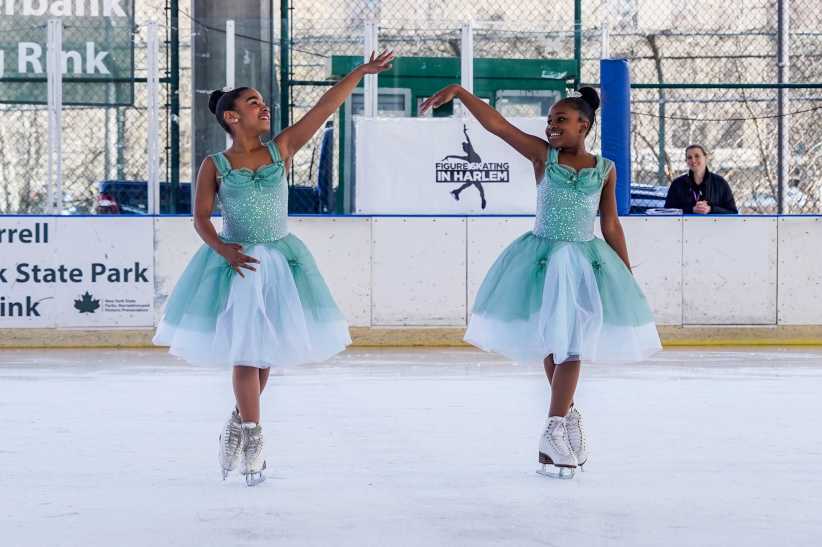
Figure Skating in Harlem Helps Girls of Color Reach Their Dreams
Only 2% of figure skating fans identified as Black.
Harlem on Ice
When the stars of Disney+’s “Harlem on Ice” arrive at their annual gala, their unity and presence are strong. Some girls are dressed head to toe in black, with a sparkling ‘Figure Skating in Harlem’ logo on their t-shirts. Some alumni come dressed to the nines in gowns and feminine dresses, but despite their different looks, they all share one thing: their love for figure skating.
Psst… Check Out The Magic of Independent Play for Kids
The program begins, hosted by CBS Mornings Plus co-host Adriana Diaz, and honors CBS Mornings featured host Vladimir Duthiers. His eyes gloss over as he tries to fight back tears. He verbalizes his acceptance speech, thanking the organization and speaking about the importance of young girls being able to follow their dreams.
The young figure skaters sit stage left at a table, watching in awe as prominent media members praise them and their hard work on the ice. Even television queen Gayle King stopped by to show support, further confirming the importance of the organization. To them, those are three icons that they look up to, and who solidify that their dreams of gliding on the ice are valid.
The organization quickly rose to fame after starring in the Disney documentary, encouraging donors to support the cause and encouraging young girls of color that there is room for them on the ice. The series follows three participants as they gear up for their annual ice show and attempt to shatter glass ceilings as Black figure skaters.
“I was just so inspired by the ways that they support young girls of color in New York City. I’m from New York City. I grew up here figure skating was something I always admired, but never really did. I took lessons when I was around 12 at Chelsea Piers,” Diaz told New York Family. “But to see that this organization is not just teaching girls the technical skills of skating, but also the emotional skills of communication and community, and the educational skills needed just to do well in life overall.”
When the young girls of Figure Skating of Harlem step onto the ice rink at the 125th Street location, they’re not just there for recreational purposes. For many of the girls, figure skating provided the tools to help shape them into who they are today. The organization was founded in 1997, after community leaders Gene Kitt and Bernice DeAbreu invited former competitive skater Sharon Cohen to teach skating in the Harlem community. After seeing the spark it ignited in the community, Cohen decided to open the facility, which now proudly boasts over 2,000 participants and has reached a success rate of 100% of their seniors graduating high school and 88% maintaining at least a B average.
The organization also works to make the sport accessible. With the average costume costing upwards of $600, skates topping in between $80 and $200, and lessons ranging from $30 to $100 per hour, the sport easily became elitist due to economic barriers. Harlem is 42% Black, with the average household income plateauing at just $51,990 in 2022 for Central Harlem and $36,930 in East Harlem, a stark difference from the citywide median household income of $77,550 in 2022.
“Figure skating is an elite sport, it’s extremely cost-restrictive outside of New York. But once you get into New York, everything is inflated. It’s such an expensive city. So from the beginning, our model has been cost equitable,” says Ila Epperson, creative director. “We give them uniforms, a jacket, and the cost of our figure skating program is tailored to your household’s income. Being able to offer your child something that they’re interested in, and it’s at a price that is affordable to you, I think is something that’s appreciated.”
Gliding Into Diversity
For years, figure skating has been an American tradition of grit and grace, as skaters execute beautiful and highly difficult moves on the ice, but it has often lacked one thing: diversity. U.S. Figure Skating data indicates that only 2% of figure skating fans identified as African American in 2023. In 2022, the U.S. national team made headlines for not having a single Black athlete on its roster.
“There’s more work that is needed, but I think that we are starting to bring awareness to the issue of it being a predominantly white sport. And we’re bringing more essence, more so, more color into the sport,” says Zenzile Tonge, another FSH alumnus who recently graduated with dual master’s degrees. “We’re also bringing a lot of representation for our young girls.”
To say the girls appreciate it is an understatement. You can see their faces light up like a bright horizon as they step onto the ice, executing difficult movements with fluidity and exuding love with every twist and turn on the frozen water. Many skaters hope to inspire other young girls of color, and encourage them to lace up their skates and get gliding.
“I definitely don’t think of skating as a hobby because I just love putting so much of my effort into it. And I love dedicating all my time to it,” says 16-year-old Adrian Walker.
And for some, the ice represents the connection that they all have with each other, because even though ice melts, a bond stays frozen for life.
“The sisterhood is beautiful,” says Zaiane Alawode, an alumnus of Figure Skating in Harlem. “It’s great to be able to connect with people with whom I can have a shared experience. We are all doing beautiful things and great, amazing things now. So to be able to have the network and to be able to lean on each other in different areas of my life has been awesome.”
Psst… Check Out NYSCI’s New CityWorks Exhibit Shows Kids How Cities Work With Hands-On Fun
